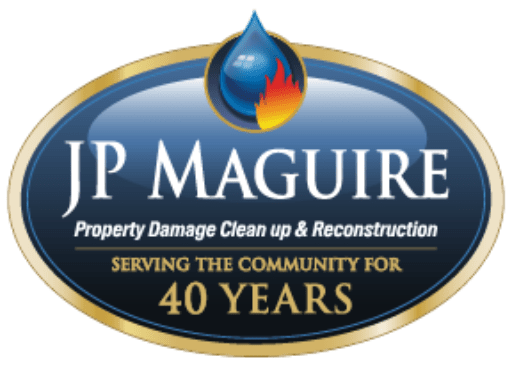Heavy rain and flooding can wreak havoc on your home, leading to potential mold growth if not addressed promptly. Mold thrives in damp environments and can start developing within 24-48 hours of water exposure. To safeguard your home and health, follow these crucial steps to prevent mold after heavy rain and flooding.
1. Act Quickly
The key to preventing mold is swift action. As soon as it’s safe to do so, begin the cleanup process. Remove standing water using pumps or wet vacuums and open windows and doors to ventilate the area.
2. Dry Out Thoroughly
Moisture is mold’s best friend, so drying out affected areas promptly is crucial. Use fans, dehumidifiers, and towels to dry surfaces thoroughly. Pay special attention to carpets, furniture, and walls, as mold can hide and thrive in these materials.
3. Dispose of Damaged Materials
Items that cannot be thoroughly cleaned and dried within 48 hours, such as carpets, insulation, and drywall, may need to be removed and properly disposed of to prevent mold growth.
4. Clean and Disinfect
After removing visible water and moisture, clean all surfaces with a mixture of detergent and water. This helps remove dirt, debris, and mold spores. Follow up with a disinfectant to kill any remaining mold spores and bacteria.
5. Inspect for Leaks and Damage
Check for any structural damage, roof leaks, or cracks where water could seep in. Addressing these issues promptly can prevent future water intrusion and mold growth.
6. Improve Ventilation
Ensure that your home is properly ventilated, especially in areas prone to moisture buildup like bathrooms, kitchens, and basements. Use exhaust fans and open windows when weather permits.
7. Monitor Humidity Levels
Keep indoor humidity levels below 60% to discourage mold growth. Consider using a hygrometer to measure humidity and a dehumidifier if necessary, especially in humid climates.
8. Use Mold Inhibitors
After cleaning and drying, apply mold inhibitors to surfaces susceptible to mold growth. This extra step can provide long-lasting protection against mold recurrence.
9. Maintain Gutters and Drainage
Regularly clean gutters and ensure downspouts direct water away from your home’s foundation. Proper drainage prevents water from pooling near your home and causing water damage.
10. Consult Professionals
If flooding is severe or you suspect extensive mold growth, consult mold remediation professionals. They have the expertise and equipment to safely remove mold and prevent future outbreaks.
By following these proactive measures, you can significantly reduce the risk of mold after heavy rain and flooding, ensuring a safer and healthier environment for you and your family.
For more tips on home maintenance and disaster preparedness, call JP Maguire, the leading restoration company in CT at 877-576-2484, or visit our website at jpmaguire.com. Stay informed and stay safe!
